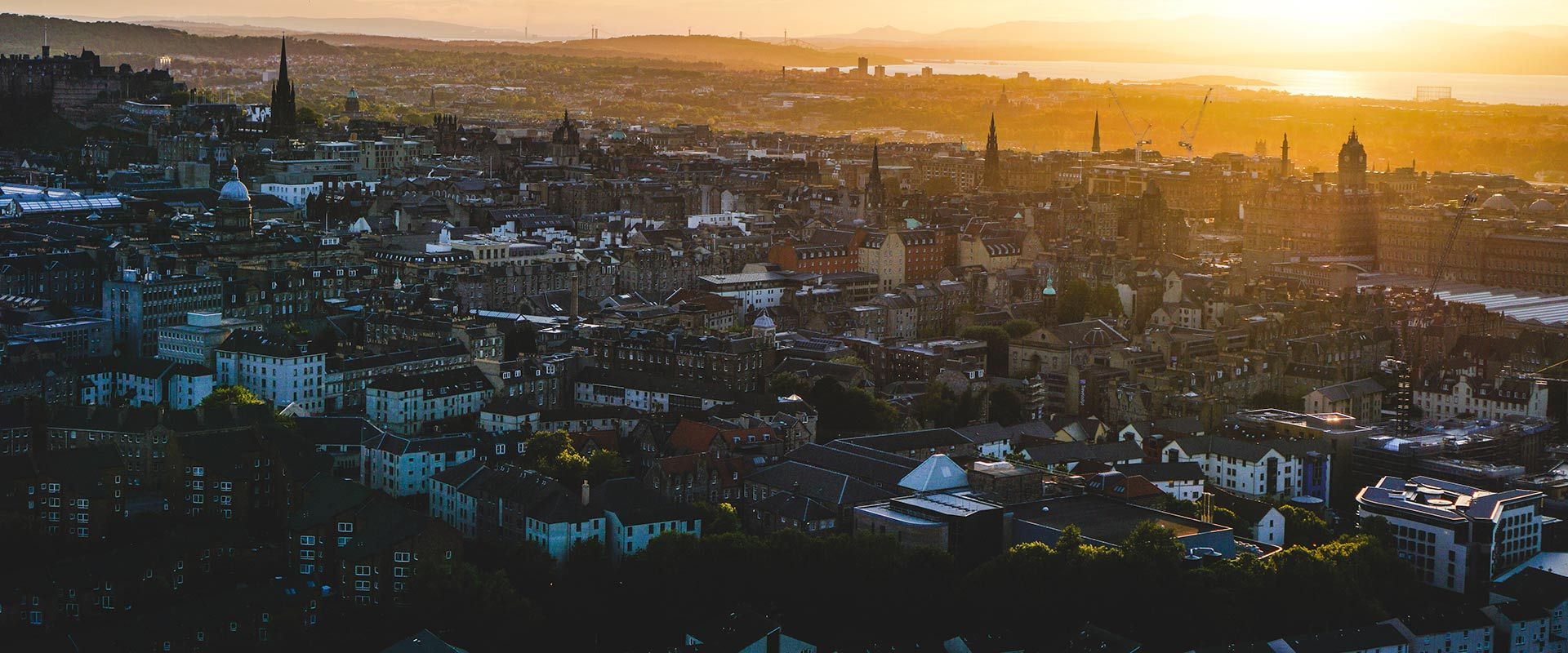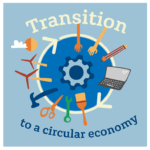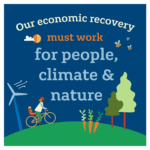We are now firmly in an age of crisis. The global covid-19 pandemic rumbles on; the financial crisis of 2008, which was never fully over, is back with a vengeance; and catastrophic global heating is fast becoming a reality. Benny Talbot of Community Energy Scotland, explains how thinking local can help us with our Green Recovery.
Finally politicians of all colours can agree that if we are going to get ourselves out of this mess with our civilisation intact we need a green recovery. But words are easy to say in politics, and what ‘green recovery’ means in practice is far from agreed.
What is a ‘green recovery’ anyway?
A green recovery is not the no strings attached bailouts for airlines, tax holiday for property developers, and privatisation of health services that we have seen coming from Westminster in the last few months. Nor is it the Scottish government appointing Benny Higgins, financier and representative of the largest landowner is Scotland, to write its recommendations.
This sort of ‘recovery’ is what has led to a further widening of the wealth gap, and creeping despair over our chances to avert ecological collapse. It is important to call out these short term solutions, which just defer the problem and worsen the other crises we face. But we also need to set out a vision for what a just and green recovery would actually look like in Scotland.
Much high quality work has already been done on this by Stop Climate Chaos Scotland, Commonweal and others, in putting forwards plans that show what we could achieve with large scale and systematic intervention, aimed not just at mitigating the impacts of the crises, but also addressing their root causes.
However one area that has not received enough attention is the role of local democracy, and local communities. Community Energy Scotland has just published a set of proposals aiming to show how local action, supported by a National Community Energy Plan should form a key part of a green recovery.
Resilience is local
Community groups have been at the forefront of covid relief efforts; from the comprehensive network of mutual aid groups that sprung up within a week of lockdown, to the local anchor organisations in every town that are out each day delivering food to vulnerable households.
Community and grassroots action has also led efforts to tackle global heating. Without extinction rebellion and the school climate strikes, it’s very hard to see how our politicians would have dared to declare a climate and ecological emergency.
And yet the vast majority of the solutions that have been put forward, by politicians and campaign groups alike, focus on top down solutions. Why are we ignoring the potential to harness the energy and enthusiasm of these local groups, and often side-lining the very people who made change possible in the first place?
A local layer of action
Large scale interventions and national plans are essential for achieving fast and systematic change in a fair way. However, national initiatives are not on their own enough to solve all of the problems that we face – they should be designed to work with and alongside a local layer of action.
Many of the largest barriers to decarbonisation are so problematic precisely because they require local solutions. There is no one size fits all solution to insulating our draughty homes, moving to sustainable forms of heating, or educating people about the coming changes – they all require sensitivity to local needs and resources. Indeed, it is now acknowledged that the electricity grid itself needs to become far more flexible, and power flows more localised, if we are to keep the lights on with 100% renewable energy.
These are all areas where local authorities and community groups could play a vital role. To pick just one example, a national insulation retrofitting scheme could appoint one big contractor, based in the central belt, to do all the work. But we have seen how this would lead to cherry picking of the easiest jobs, and the use of standardised techniques often inappropriate for local needs. A far more effective approach would be to seek out local partners in each area, working street by street to benefit from economies of scale while dealing with one building type at a time, and providing training and employment to locally based tradespeople who will still be around to maintain the heating systems when the main project is long gone.
The need to plan local doesn’t only apply to the climate crisis. Our ability to resist covid has been hampered by a centralised track and trace system that fails to contact some of the most at risk communities, like rough sleepers and ethnic minority groups with non-standard naming conventions. Many of the locked down local authorities in Northern England have already had to establish their own track and trace operations to fill in the gaps.
Democratic deficit
The elephant in the room is that Scotland is unique in Europe in lacking a local layer of democracy. Even England has town councils, while France and Switzerland have local communes providing representation down to the level of a few hundred people. But since the abolition of the Burghs Scotland’s lowest layer of functioning democracy is the Local Authority, representing a few hundred thousand people. This means that our ability to act locally is greatly hampered, and goes a long way to explaining why Scotland has failed to make progress in areas that need local planning, such as the construction of district heating networks.
The Development Trusts that have emerged, ad hoc, in many communities to fill this democratic void are the closest thing that we have in Scotland to a local democracy. However they do not cover all areas equally, and with no core funding are mostly dependent on insecure short term grants. The Scottish Governments Local Democracy Review, which has been kicked into the long grass time and again, needs to urgently bring forward some solutions – but in the meantime the Development Trusts must be a key part of any green recovery plan.
There is precedent for this approach. In Scotland the community energy movement emerged when Development Trusts, often after a community land buyout, decided to develop a wind turbine or hydro station to provide a regular income to support their other work. The main objective was financial security, but they decided to get there by helping to combat the climate crisis. Communities are good at finding holistic local solutions like this, and the green recovery should harness that talent.
You can find the full papers referred to in this blog here



